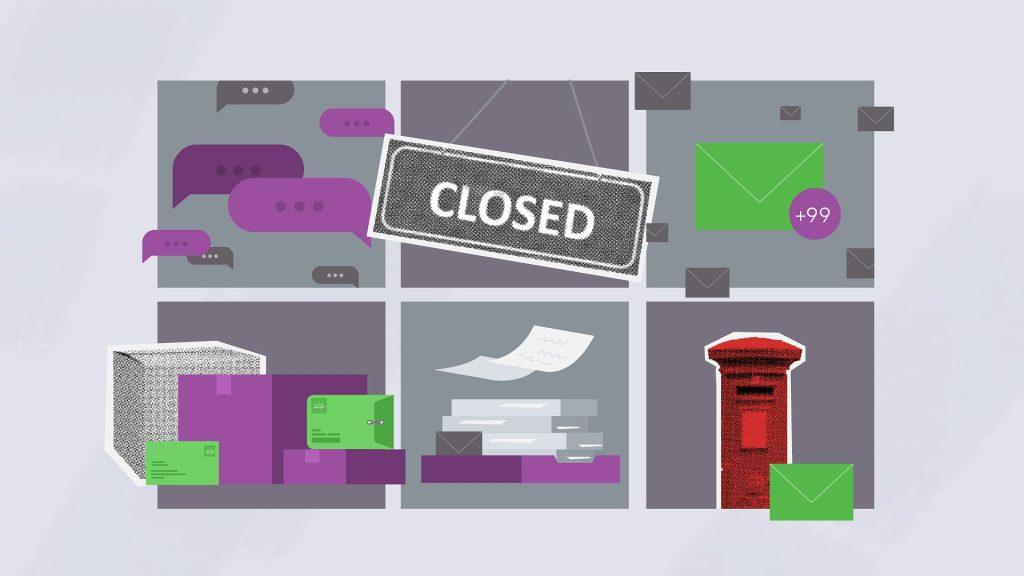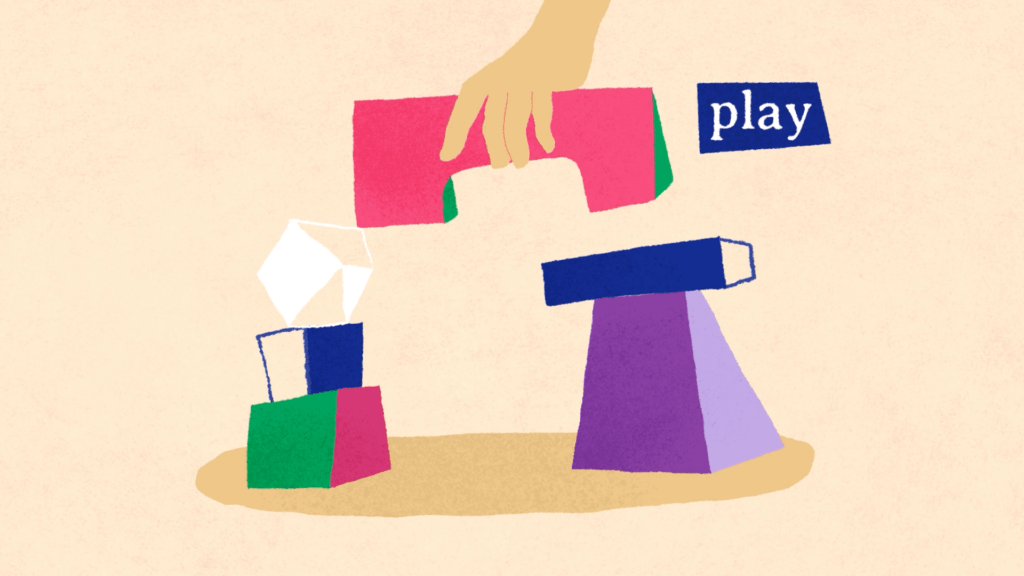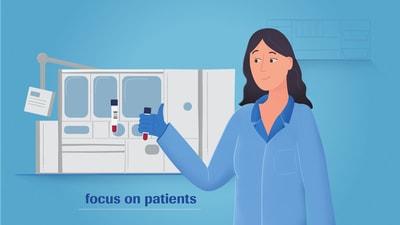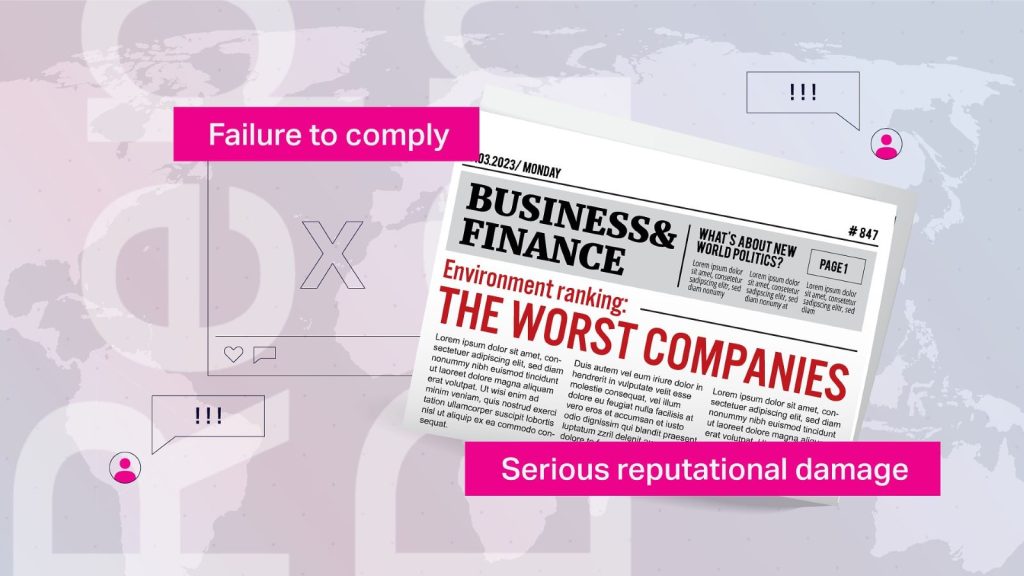Motion graphics and explainer videos are becoming more popular – many businesses are starting to learn the term when it comes to animated video, but in practice, the ‘graphics’ part is often lacking in video studios.
In our experience, often when a business is discussing creating a new video, they talk about the script message, animation and the scenes, but often the conversation about the design style and illustration isn’t there. It’s overlooked and taken for granted as it’ll just appear and look good.
The first brief we see is often ‘explainer video, maybe with my site icons, and using the website colors’, but that’s so vague and samey, and often a shade of blue. Will that be the best route to tell your business message in a video format? An explainer video can be so much more than that, whilst still aligning with your brand message.
An original design concept with bespoke illustrations can lift the animation and be so much more impactful – which has a real effect on video engagement.
But talking about design is sometimes difficult for clients – they don’t know where to look for references, and they may not be able to articulate what they like. But this is where creative studios need to have the knowledge to guide them properly.
There is a lot to consider with design – it’s all about the relation to your target audience. In essence, the design will help show them how to feel, and what information is most important.
An animated video for 20s-aged entrepreneurs needs to look and feel quite different from a video for internal communication purposes.
The video is also representing the brand – so it needs to look right. You may choose for it to fit in with your other branding materials or may decide to create a new campaign, or it can be stand-alone. Either is fine, but it needs to be a considered choice.
Making the video match your branding precisely as an automatic response without thought, can be restricting and potentially bland. Here are a few quite examples of different video design styles ranging from highly conceptual, to mixed media, friendly organic feel, quirky, flat 2D design and more.









Design in video needs to achieve a few things in order to make a successful video
- Clearly communicate the story and message
- Have the right tone for the audience
- Represent the brand well
- Be cohesive
- Be unique
So how do we achieve this?
Picking a design-forward studio
A video studio with a dedicated designer is an excellent place to start. Often at less experienced animation production houses, the role is lumped in together with the animator as a generalist role. While very few can be great at both, in general, it means they’re mediocre at both tasks – it’s a big job for one person!
If they can’t draw well, they may be reliant on stock vector images. Meaning the look can change from scene to scene unintentionally – and lose cohesion, as the vectors are from all different sources. And it will probably have the same 2D flat graphic look we see so often. This loss of cohesion can also affect the tone of the video.
Because they’re buying in assets, the video may also not be that unique – using characters and scenes that we’ve seen before.
Transportation Alternatives by Buck
A dedicated studio motion designer or illustrator will have background artistic knowledge, for example of the significance of colours, tones, value, shapes and textures. The use of these seemingly simple things can change the mood or feeling of a video massively.
Unbalanced design layouts or colours with no visual hierarchy, especially where any text is involved, can leave the audience missing the point.
Your animation studio will know when and how to use characters – do you need a key person who tells the story, background people, are we personifying objects?
Custom animated characters can increase the video bill, sometimes by more than you think, but in the right video, it’ll add so much more in the long term.
A creative animation team with a background of strategy, marketing and business and with professional illustrator or designer can make reliable recommendations for these points.
Motion design-led workflow
It starts with research about the business at hand, the audience, a look at competitors and any visual references the client likes.
This study will help inform and is combined with Art Direction – usually from the design lead or creative director. Art direction is often not spoken about at all in business video, especially at the low to mid-end cost range. In simple terms, they create the entire concept of the video.
The research and art direction helps give the creative studio a full picture of the target. Then all design and motion can be aimed towards this target.
It continues through pre-production with style frames. These are a few fully illustrated images from the storyboard that show the intention of colour, typography and layouts styles.
A high-end creative studio or a more significant budget animation may even produce 2 – 3 different image concepts to review – giving the client full information and choice.
The client can make sure it aligns with their ideas and goals before the studio has gone too far – as changes later down the line are always more costly.
They may also show a sketched-out storyboard, so the business can see the broad story before the full design even starts.


Methodology
After dialogue and approval of the initial concept, frames and ideas, a design-led creative studio will produce the fully illustrated storyboard, complete with extra notes about scene movement and feeling.
Leaving the design to chance is very risky and means the video may not be what you expected, or want, at all. So any savings made on cost at the start, are turned into a loss.
This method, with rigorous pre-production and client involvement, means that the animator has a clear idea of the flow after the design has done their work, and can focus solely on making it move seamlessly.
The result is reliable, as you’ve already seen various illustration stages. YOu know exactly what it will look and feel like before animation has even started. And it’s exciting, as it’s a bespoke video with a well-thought concept.
If a studio doesn’t offer any interim approval stages for video design, put, you are risking your time and money.
Summary
We’ve discussed design in creating an engaging explainer video, which is often overlooked in conversations about animation. An original design concept with bespoke illustrations can positively impact video engagement.
We recommend picking a design-forward studio with a dedicated motion designer over a generalist.
A motion design-led workflow that starts with research about the business, the audience, competitors, and any visual references the client likes. The workflow continues through pre-production with style frames and a fully illustrated storyboard. With strong pre-production stage and client involvement, this method can result in a reliable and exciting custom video with a well-thought concept.
And next time if you want an explainer video talk to the studio about different creative options available to you – it’s a lot more versatile than you may think.
You don’t want to end up with the same kind of animated video you see everywhere and fade into the sea of boring corporatey feeling animated videos.
And if you don’t have a clear idea, it should be up to them to guide you correctly – and show you what can be done.
If you want any help with video design, check out our video portfolio for style and animation ideas, or our animated video production page and send us a message!



